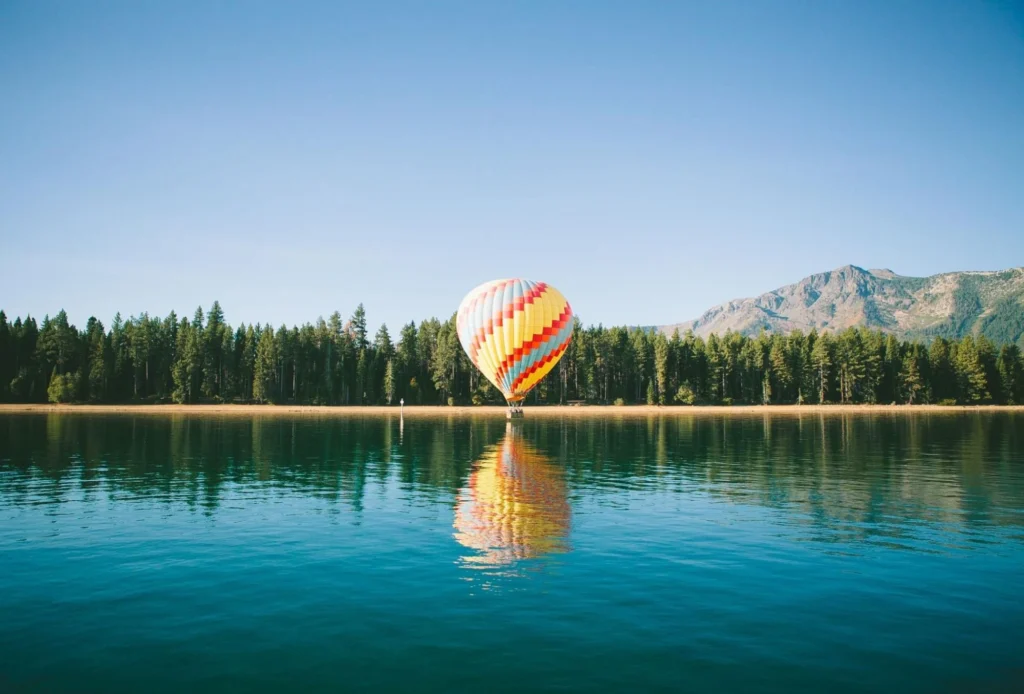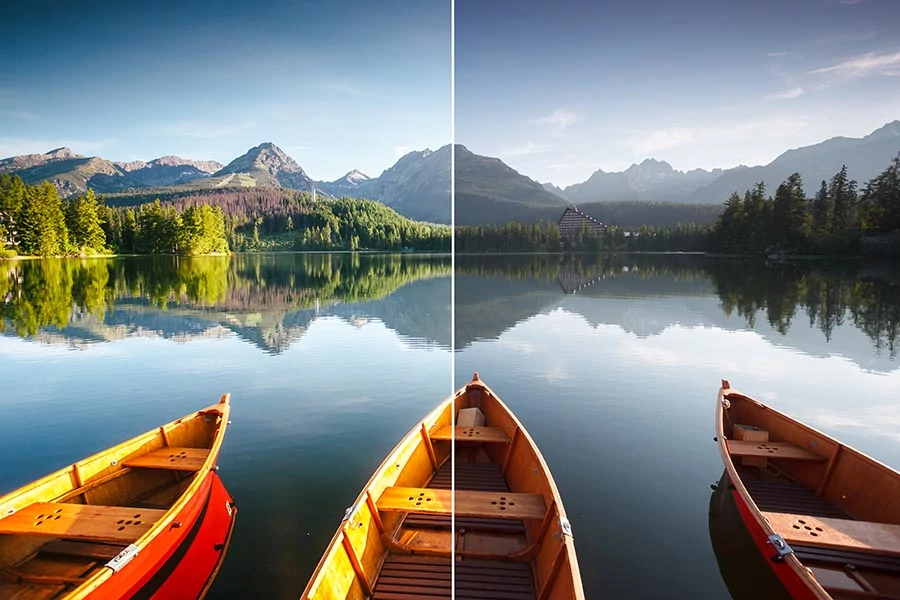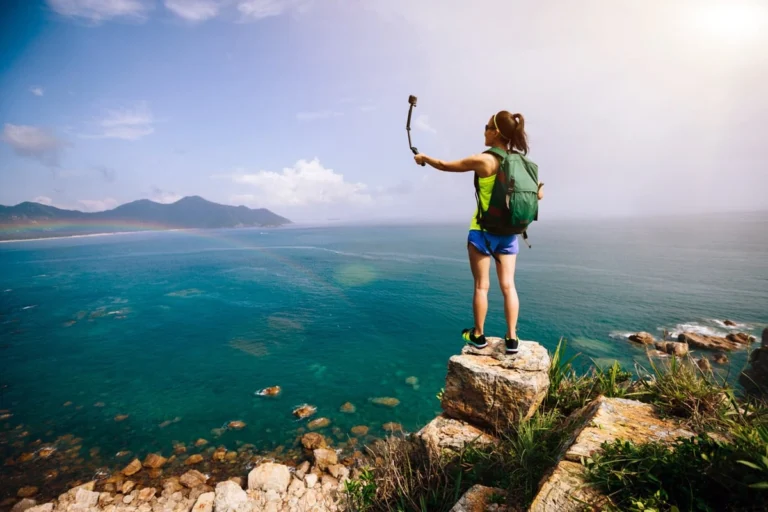Travel photography is one of the most exciting and rewarding forms of photography. It allows you to capture the beauty of new places, the vibrancy of local cultures, and the breathtaking landscapes you encounter. Whether you’re a seasoned photographer or a beginner with a camera in hand, mastering the art of travel photography can make your journeys even more memorable.
In this blog, we’ll explore some essential tips and techniques that will help you take picture-perfect travel photos. With these strategies, you’ll be able to create stunning images that tell the story of your travels.
1. Invest in the Right Gear
The first step in mastering travel photography is to ensure you have the right gear. While you don’t need to carry an entire photography kit, certain tools are essential for capturing high-quality photos. A DSLR or mirrorless camera is a great choice for travel photography, offering manual settings that give you more control over exposure, aperture, and focus. However, modern smartphones also have powerful cameras capable of producing stunning images, so you can still take incredible photos without a fancy camera.
Consider bringing a versatile lens, such as a 24-70mm zoom lens, which can cover a wide range of shooting situations. A tripod is also useful for steady shots, especially in low-light conditions or when photographing landscapes. And don’t forget extra memory cards and a portable charger to keep your gear powered up while on the go.
2. Focus on Composition

Composition is one of the most important aspects of great travel photography. Even with a fantastic subject, poor composition can lead to a less impactful image. Here are a few tips for composing your travel shots effectively:
- Rule of Thirds: Imagine dividing your frame into nine equal parts with two horizontal and two vertical lines. Place your subject along these lines or at the intersections to create a balanced and visually appealing image.
- Leading Lines: Use natural lines in your environment, like roads, rivers, or bridges, to lead the viewer’s eye to the main subject of the photo.
- Framing: Look for elements in your surroundings that can frame your subject, such as archways, windows, or tree branches. This technique adds depth and draws attention to the focal point.
By paying attention to composition, you can elevate your travel photos and create images that capture the essence of a place.
3. Capture the Local Culture
One of the joys of travel photography is capturing the local culture and everyday life of the places you visit. To tell a compelling story with your photos, focus on moments that showcase the people, traditions, and unique atmosphere of the location. Whether it’s a market scene, a traditional dance, or a candid moment of local life, these photos add depth and emotion to your travel portfolio.
When photographing people, always ask for permission and be respectful of their space. If you’re in a busy location or a public space, try to blend in and capture authentic moments without disrupting the natural flow of life.
4. Make Use of Natural Light

Lighting is crucial in photography, and natural light is your best friend when it comes to travel photography. The golden hour—the hour after sunrise and before sunset—provides soft, warm light that creates a magical atmosphere. This is an ideal time for landscape, portrait, and street photography.
During midday, when the sun is at its highest, light can be harsh and cause unflattering shadows. To avoid this, try shooting in shaded areas or use a reflector to bounce light onto your subject. Alternatively, you can embrace the harsh light to create dramatic, high-contrast images.
5. Experiment with Different Angles and Perspectives
To make your travel photos stand out, don’t be afraid to experiment with different angles and perspectives. Instead of just snapping a photo at eye level, try getting low to the ground or shooting from above. Unique perspectives can add interest and make even ordinary scenes look extraordinary.
For example, when photographing landscapes, try shooting from a higher vantage point to capture the vastness of the scene. Alternatively, for architectural shots, find a low angle to emphasize the structure’s height and grandeur.
6. Capture Details and Textures
While sweeping landscape shots and iconic landmarks are essential in travel photography, don’t forget to focus on the details. The textures, patterns, and small elements of a place often tell a more intimate story. Whether it’s a close-up of a local dish, a colorful street art mural, or the intricate architecture of a building, these details can bring a unique perspective to your travel photos.
By zooming in on the smaller aspects of your surroundings, you can create a more well-rounded and visually interesting photo collection.
7. Edit Your Photos Thoughtfully

Post-processing is an important part of the travel photography process. While editing can enhance your images, it’s essential to approach it thoughtfully. Aim to enhance the colors, contrast, and sharpness, but avoid over-editing, as this can make the photo look unnatural.
There are many editing tools available, from professional software like Adobe Lightroom to more user-friendly apps on your smartphone. Experiment with adjusting exposure, white balance, and saturation to bring out the best in your photos.
Final Thoughts
Travel photography is an art form that allows you to capture the essence of your journeys and share the world through your eyes. By investing in the right gear, mastering composition, focusing on cultural moments, using natural light, and experimenting with new perspectives, you can take your travel photos from good to exceptional.
Remember, the best photos often come from the stories they tell. Whether you’re photographing a bustling market or a serene sunset, aim to capture the emotions and moments that make your journey truly unforgettable. Happy shooting!


